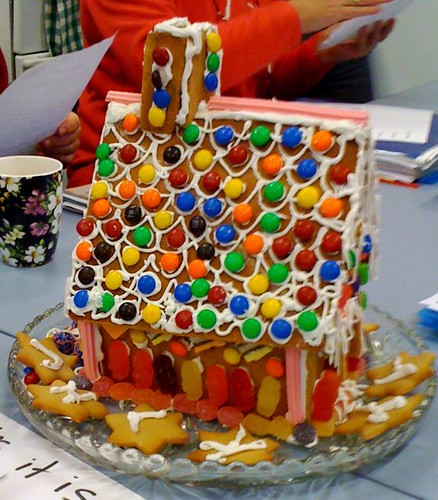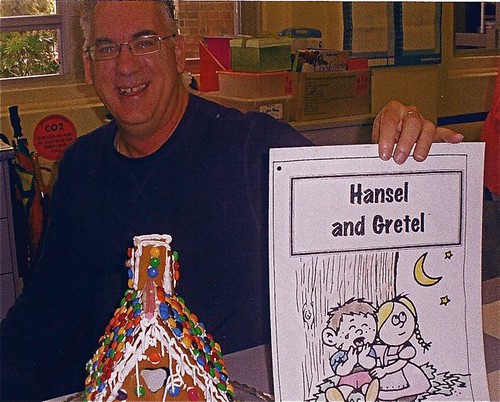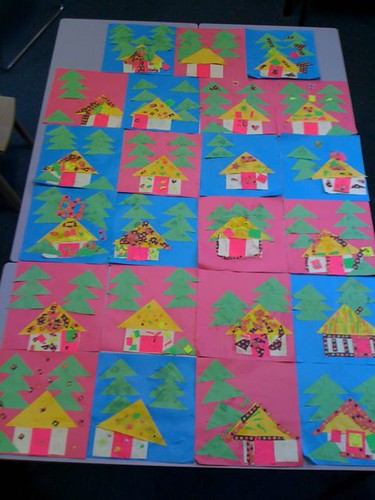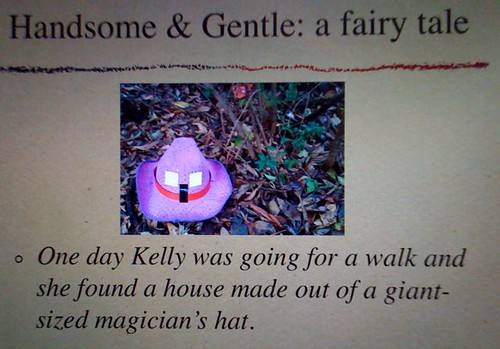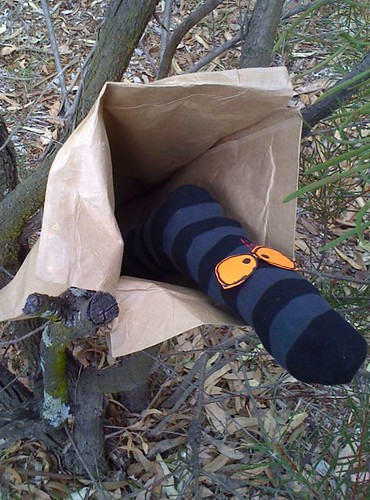
Stage 1 students are working in small groups this term, with the teacher-librarian, designing storyboards for digital stories, based on famous fairy tales. Here are some of the completed PowerPoint presentations:
* Mr E and the Three Bears, a digital fairy tale by Class 1/2H, loosely based on “Goldilocks”
* The ugly caterpillar, a digital fairy tale by Class 1K, loosely based on “The ugly duckling”.
I’ve been asked to elaborate, so here goes:
This term we are addressing Fairy Tales with Early Stage 1 and Stage 1 students and, yes, the Stage 1 students (mentioned above) are familiar with actual fairy tales before writing (or parodying) their own. I have an article on storyboarding digital stories in this term’s info@aliansw newsletter (May, #2, 2010). That article covers our 2009 “Bear & Chook” book rap digital stories with Stage 2, but the same principles are being applied here.
As part of our school’s PSP Literacy program, I’m working with a different half-class each week, across three or four days per PowerPoint (ie. 3 or 4 x 30-minute afternoon sessions depending on timetable interruptions). For example, in Weeks 2 & 3, all classes were learning about “Goldilocks and the three bears” in class (and library lessons) and then, on the first Monday afternoon, I took half of one class outside and we “retold” the story, person by person, as a “Circle Time” activity. We discussed how the story could be parodied, reversed, extended with a sequel, or whatever. Then they split off into three groups and quickly designed one storyboard per group. The next day, the three groups voted for one of the storyboards to “write”. We did that as a brainstorm, with me scribing under each panel. They, essentially, all end up with joint ownership of the one completed storyline. The next day is dedicated to a strategy meeting for taking the photos (what costumes, props, locations?) and some prop making. The final day is filming, and then I spend a session of off-class time preparing the PowerPoint. The first group ended up with a story called “The three bats”, about some cardboard fruit bats and a farmer. That digital story isn’t uploaded yet because we need a parent permission slip for the young student who played the role of the apple farmer in my playground duty hat.
The next week, “Goldilocks and the three bears” was repeated with the other half of that class and we ended up with a prequel to the famous fairy tale, called “Mr E and the Three Bears“, starring our own PE teacher and three toy teddies gather from classrooms. That digital story wasn’t uploaded straight away because I need to check if Mr E was okay with being an Internet celebrity. (We’d taken his photo and made a mask out of it, but he had no idea what we were up to until the PowerPoint was finished!)
This week, I took half of the next class outside to our COLA (Covered Outdoor Learning Area) and we “retold” the new fairy story of the fortnight, “The Ugly Duckling”, again person by person, as a “Circle Time” activity. We once again discussed how the story could be parodied, reversed, extended with a sequel, or whatever. Then they split into three groups and designed one storyboard per group. And so on. This time, we ended up with a story called “The ugly caterpillar” (as linked). That digital story was immediately uploaded because we didn’t need any parent permission slips this time.
The completed PowerPoints seem to work really well. The students read them over and over and over, and the look great on an IWB! Young students have such an economy of words when brainstorming stories – just what you need for this kind of storytelling – and you can see them channeling aspects of other narratives and texts they’ve been exposed to. “The ugly caterpillar” certainly owes a lot to Eric Carle’s “The very hungry caterpillar” picture book, and the Aesop’s fable of “The ants and the grasshopper”.



